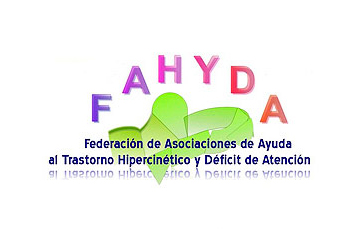With the advancement of technology education has advanced a lot. From traditional classroom-style classes to self-paced eLearning, learning and development (L&D) methods have evolved to accommodate various preferences and styles of learning. Live learning online is just one method that offers an interactive and more social learning experience for students. However, it’s important to know the differences between this method as opposed to the more traditional recorded online course format prior to choosing the best option for your business.
What is live learning?
As the name implies, live learning online is a digital educational process that allows learners to communicate with their instructors and students in real-time through the videoconferencing platform, such as Zoom. Live classes differ from other online learning processes because they emphasize real-time communication with instructors and students. This helps students solve any questions and encourages greater understanding of the materials.
In order to maximize the effectiveness of a live class it is recommended that instructors structure their classes according to the objectives and goals of their overall course design. For example, instructors should ensure that the exercises in each Live Session add value to assigned readings or pre-recorded videos by defining, elaborating using, implementing debating and analyzing them.
Students in live classes are also able to build stronger bonds with their classmates and instructors through group discussion and collaborations. This allows them to remain focused throughout the course. This is particularly important for subjects that are difficult, such as mathematics, chemistry, Russian or Arabic or web programming which require a high level of interaction and understanding.
